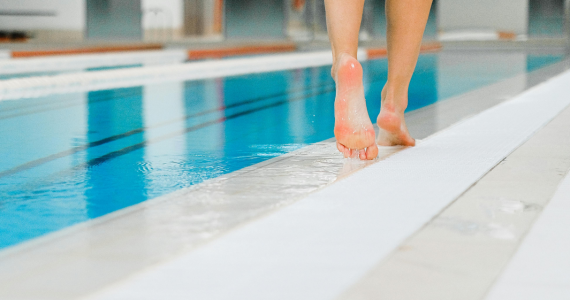
What is Haglund’s deformity?
Haglund’s deformity is an inflammation of the heel of the foot featuring an abnormal outgrowth of the back of the calcaneus (heel bone) in the region of the Achille’s heel.
If footwear is used that has a stiff back edge against the heel, painful inflammation can swell and cause a fibrous callus.
This syndrome above all affects the population between the ages of 15 and 30 years without causing any permanent deformity.
What are the symptoms of Haglund’s deformity?
The most common symptoms of Haglund’s deformity are:
- acute pain caused by the back of the shoe rubbing against the calcaneus;
- it is often not possible to wear shoes;
- inflammation of the calcaneus;
- redness in the area where the bony outgrowth is located;
- fibrous calluses;
- bursitis;
What are the causes of Haglund’s deformity?
The causes of Haglund’s deformity can be one of two different types
- anatomic: the outgrowth can be due to a varism (or valgism) of the calcaneus;
- functional: intensification of physical activity can cause inflammation of the calcaneus.
In both cases the pathology tends worsen with the use of footwear with a rigid back that can compress and exert friction on the heel.
Treatment of Haglund’s deformity
Initially a conservative type treatment can be tried consisting of:
- Specific exercises for a period of time that depends on the individual
- Articular and mechanical rest
- PKT (physiokinesitherapy) cycles (laser, ultrasounds, shock waves, Tecar therapy) and local anti-inflammatory drugs
If none of the above are successful surgical intervention is the next option, often chosen by some sportspeople in order not to have to stay away from the competitive panorama for too long.



